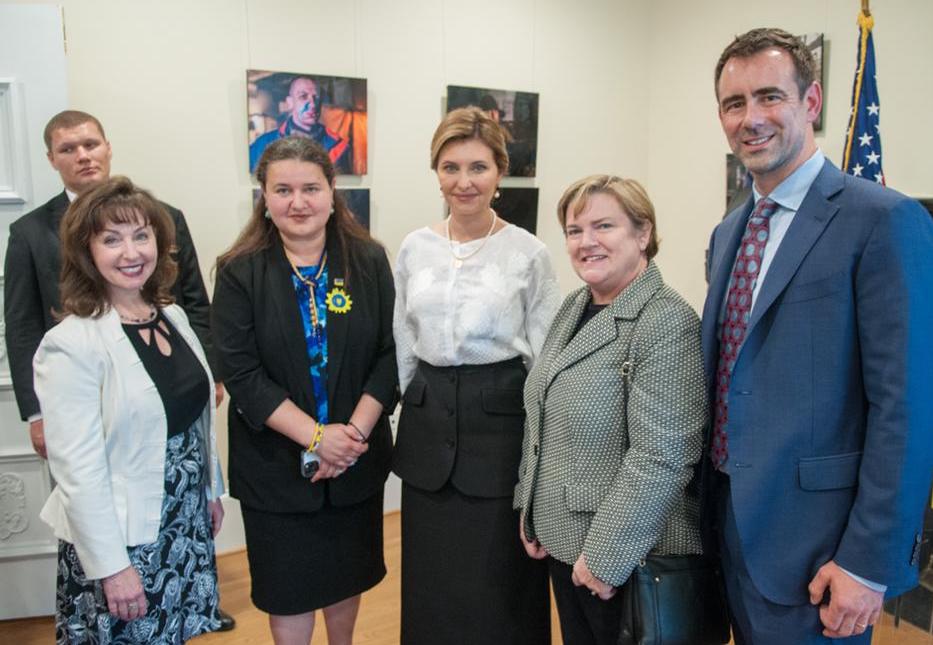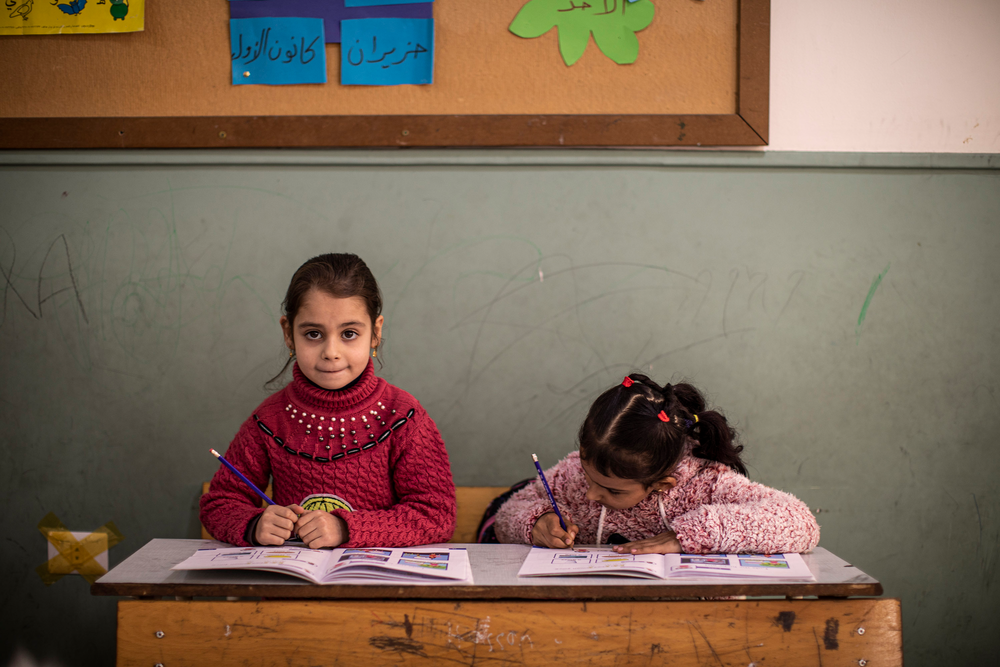
Safe spaces help young Rohingya refugee children recover from trauma
Children in conflicts, Education in emergencies, Refugees and internally displaced people
Child-friendly facilities make vulnerable youngsters feel secure - and help them to develop through play and learning.
They have fled conflict and witnessed brutal atrocities. But the battle to save Rohingya children has just begun.
More than a quarter of a million children have escaped from the horror of violence and ethnic cleansing in Myanmar in recent months. More than 1000 of them arrived at camps in neighbouring Bangladesh without their families – making them vulnerable to exploitation, sexual harassment and child trafficking.
The under-fives are at huge risk. A child’s brain is 90% developed by the time they are five years old and young children especially are at serious risk of physical and psychological stunting. With proper intervention, they may never recover fully.
“Children are one of the most vulnerable groups to assist and protect in an emergency,” said Dr Mausam Bohara, of the IFRC (International Red Cross and Red Crescent Societies), in Cox’s Bazar, Bangladesh.
In an exclusive interview with Theirworld about the plight of the under-fives in the camps, she added: “They are often too young to understand what is happening but are very vulnerable to the impact of trauma.
“Due to their age, they need safe spaces in which they are protected and their wellbeing promoted.”
Dr Bohara explained that child-friendly spaces are set up for children of all ages. They are supervised by trained volunteers and activities are provided for children to stimulate them and provide opportunities for play and learning.
“Children of all ages are supported with developmentally appropriate activities for each age, such as drawing, singing songs, skipping, ball games and groups activities,” she said.
“Child-friendly spaces provide a structure and predictability to their day which helps them feel safe and secure. We also run groups for women with young children (birth to five years) to attend together.
“There is a mix of structured and unstructured activities such as sewing, talking about feelings and personal experiences, drawing, providing education relevant to the community, hearing their needs and providing information.
“The groups help people to feel safe and be able to talk freely. They promote a feeling of calm, hope and connectedness. A lack of social support is one of the key risk factors for post-traumatic stress disorder.”
But more needs to be done. More rooms are needed so that children of different ages can be segregated more throughout the day. So is a designated outdoor area for sporting events and physical activity.
In 2016, Theirworld revealed in a Safe Spaces report that the international community is neglecting millions of vulnerable babies and young children affected by conflicts and disasters.
Our report said the failure to plan for and finance early childhood development services in emergencies – ensuring “safe spaces” for all children – could have lifelong detrimental effects.
Children’s charity Children on the Edge has been providing help to some of the most forgotten Rohingya refugee children in the unregistered Kutupalong camp in Cox’s Bazar for the last seven years – among the 200,000 who arrived long before the mass flight from Myanmar last year. This makes them well positioned to provide humanitarian support during a crisis.
Ben Wilkes, the organisation’s Executive Director, returned from visiting the camps in Bangladesh and said: “The largest challenge facing the camp is the sheer scale of them.
“Kutupalong camp now claims the sad title of the world’s largest refugee camp. With many agencies rushing to provide aid, much work has been poorly implemented and is now causing further problems.
“We are currently working with local partners to provide thousands of families with clean water and sanitation, food parcels and solar lighting.”
Children on the Edge exists to help marginalised and forgotten children, who are living on the edge of their societies. These are children without parental care, neglected or persecuted by their governments, ignored by international media and missed by large overseas agencies.
Wilkes said: “Working in partnership with local communities, we help create safe, child-friendly environments. We support children to realise their rights and restore the ingredients of a full childhood by generating hope, life, colour and fun.”
Children on the Edge is also utilising its 45 refugee schools to create safe spaces for newly-arrived refugee children. It plans to provide consistent support, long after the current flurry of attention subsides, by establishing another 100 semi-permanent schools in the camp over the next year.
Since violence erupted across Rakhine State in Myanmar in August, 688,000 refugees have crossed the border between Myanmar and Bangladesh, according to latest figures from the International Organisation for Migration.
“Ensuring that children and families have safe water for drinking and washing is absolutely essential in order to protect them against diarrhoea and other waterborne diseases,” said Edouard Beigbeder, UNICEF Representative in Bangladesh.
“This is a very real threat given the current situation in the camps and makeshift settlements where the Rohingya are now living, especially amid the current heavy rains.”
More news

